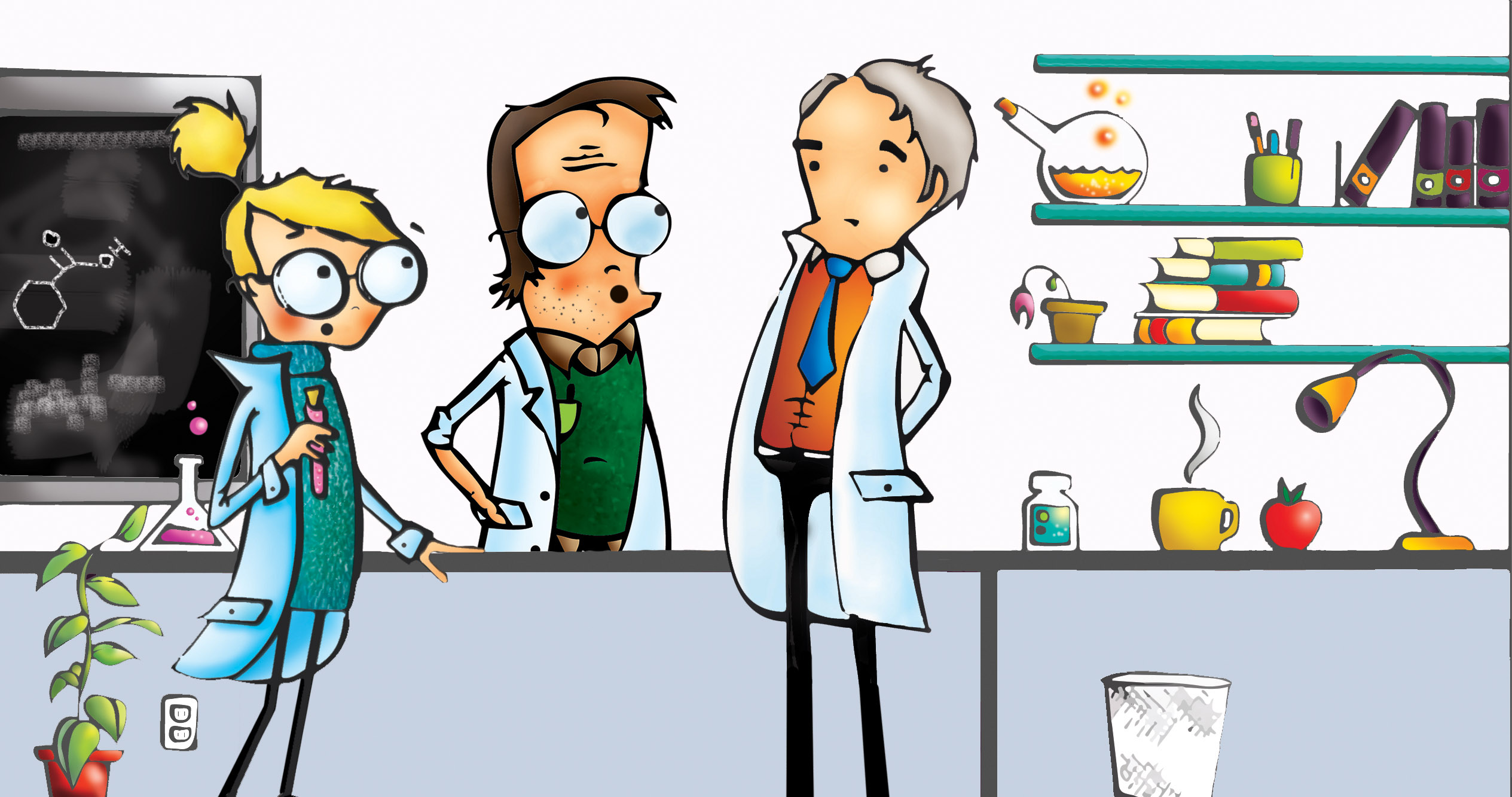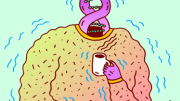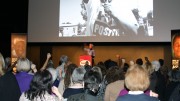Science education tends to be a strange mixture of technical concepts and history. Ideally this gives us the best of both worlds: we learn how to get things done, but we also learn how our methods and formulations developed so that we do not develop tunnel vision. In practice, this often gives us the worst of both worlds: technical concepts are confused by irrelevant historical details, and we learn a bunch of names with no real idea of their significance. Think about how limiting the conception of an atom as planets orbiting around a sun becomes once you start studying more advanced chemistry.
To remedy this a little bit, I’d like to present “Time’s arrow”, a recurring column in which we’ll take a look at a moment or topic in the history of science. Looking at things from outside the classroom, we should hopefully be able to get a better perspective on both history and science. In today’s issue, we’re going to take a look at the grandfather of all modern computer science: Alan Turing.
Turing studied mathematics at King’s College at the University of Cambridge. He was elected a fellow of the college in 1935, at the age of 23, and shortly thereafter he published one of his most famous papers, “On Computable Numbers.” In this paper he explained computation using the metaphor of a tape-fed device that would come to be known as a Turing machine.
The infinite tape running through Turing’s theoretical machine is divided into squares, not unlike a roll of film. Each square can carry a symbol. The machine can read only one square at a time, and it can erase or overwrite the symbol on the scanned square. It can also shift the tape in either direction one square at a time. The machine has a finite number of “states” it can be in, and a finite table of instructions it must follow.
This is an extremely simple device, but according to Turing, these conditions are all that is required for computation. Turing’s paper gets increasingly abstract after this point, but it is mostly comprehensible to the layman as long as you keep the tape-fed machine in mind. Believe it or not, it actually helps to carry out the operations of a Turing machine with pen and paper.
In an extremely elegant move, Turing goes on to specify a way to uniquely number Turing machines. Once we have the ability to encode a machine as a number, we open up the possibility of one machine simulating another. This brings about the concept of the universal Turing machine, which can simulate any Turing machine, including itself.
The Turing machine is a very simple computer. The upshot of all this abstract stuff is that any function that can be performed by any computer can be performed by a Turing machine – in theory, a Turing machine could perform all the necessary calculations to run Battlefield 2, although it would be agonizingly slow and not much fun. Moreover, any function that cannot be performed by a Turing machine cannot be performed by any computer – not even the most powerful supercomputer can determine whether a given program will halt on a given input. Turing’s work outlined the limits of computation – and this was all the way back in 1936, long before the personal computer was even thought of. He would go on to influence the fields of cryptography and artificial intelligence in important ways. He distinguished himself as a codebreaker for the British during World War II.
Unfortunately, his story has an unhappy ending: as a gay man, Turing was chemically castrated under the “gross indecency” laws that were still in effect in Britain in the 1950s. His security clearance was revoked, and he committed suicide at the age of 41. The British government did not apologize for their treatment of Turing until 2009, 55 years after his death.





A complete lack of interest in what Turing himself might have wanted is not the only ironic feature of this debate. Although Sharkey and his supporters in the House of Lords are determined to right the wrongs done to Turing, they unquestioningly echoed the 1954 coroner’s verdict that Turing committed suicide. This verdict is often repeated in the British press and elsewhere. In a recent two-page article in the Daily Mail, journalist Max Hastings wrote that Turing “killed himself by eating an apple coated in cyanide.”
However, the bitten apple, found beside the bed where Turing’s body lay, might have had nothing to do with his death. The authorities never tested it for cyanide. The apple offers no clue about how Turing died, since it was his regular habit to take a few bites of apple last thing at night.
It is possible that Turing took cyanide deliberately, but it is also possible that he accidentally inhaled cyanide gas from a scientific experiment that was going on in the tiny laboratory adjoining his bedroom.
Police attending the scene found a pan of bubbling liquid in the lab and reported a strong smell of cyanide in the tiny room.
There was no note, nor any evidence that Turing intended to take his own life. Lamentably the coroner’s investigation was hasty and shallow. The authorities did not even question the last person known to have spent time with Turing, the engineer he worked with closely every day in his computer laboratory.
If Britain’s legislators are going to pardon Turing, they should also see to it that the coroner’s unsafe verdict is quashed.
via Pardon the Digital Warrior? | Jack Copeland.
http://www.huffingtonpost.com/jack-copeland/pardon-the-digital-warrior_b_3768074.html